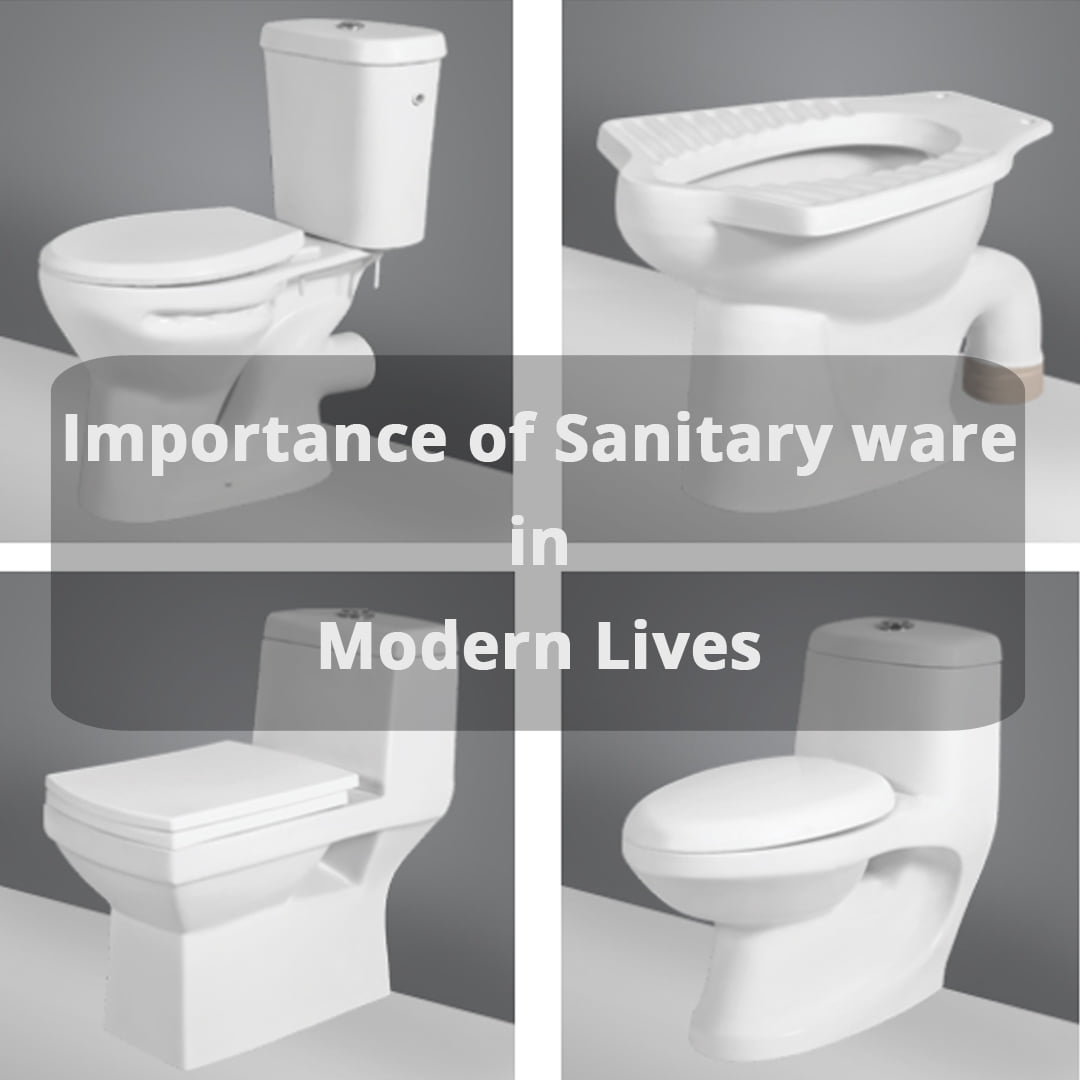
The top countries in the Sanitaryware Export Market have not changed much, but some of these countries saw an increase in sanitaryware exports. China remained the top exporter with 1.75 million tons, up 8.6% annually. China accounted for 79% of Asian exports, and 60.6% of global sanitaryware exports. India, as Sanitaryware exporter in India, accounted for the third highest number of exports.
India Sanitaryware Export Market
Several domestic and foreign players of sanitary ware manufacturers and exporters in India, are engaged in the sanitaryware export market in India. The organized sector is a large player in the sector, owing to the demand for disposable sanitary ware from the institutional sector. Hospitals, hotels, and real estate are some of the key markets for sanitary ware products. In addition, the demand for sanitary ware products is also derived from the retail sector.
The sanitary ware export market in India is segmented according to regions. The largest share of the market of Sanitary ware manufacturers in India, is accounted for by the Northern region, driven by the rising construction of industrial units and infrastructure. The market is also supported by cheap land prices, which attract investors to invest in residential complexes. The overall market size is estimated to reach USD 1 billion by 2022. The market is likely to be highly concentrated in the Northern region, where floor tiles are the leading product type.

Europe Sanitaryware Market
In terms of market share, Europe has the highest number of consumers of sanitary ware, followed by Italy and Germany. Both countries are huge industrial hubs and enjoy high demand for sanitary ware. Spain has recently seen significant growth in the infrastructure and real estate industries. This is likely to drive the demand for sanitary ware. But in the meantime, the overall market is expected to remain stable. Below are some key statistics on the Europe sanitaryware market.
In terms of volume, the EU sanitary ware and ceramic tile markets have become increasingly important for the export of such products. However, before entering the EU market, new entrants should meet several prerequisites, which are typically associated with international competition. First, they must fit into the high-risk scene. Second, they must have a large scale and operating efficiency, which will allow them to compete in unstable market conditions.
Middle East Sanitaryware Export Market
The Middle East and Africa sanitary ware export market will grow at a CAGR of 4.25% during the period 2022-2027. Egypt is the country that is predicted to witness high growth prospects over the forecast period. Egypt's construction industry is a critical factor in the country's socio-economic advancement and management of its problems. The market is segmented according to countries in the region, as well as by type, material, and operating mode.
Africa Sanitaryware Export Market
In terms of volume, Egypt leads the sanitaryware export market in Africa, with 63% of the total. Morocco is second, with a share of 27%. Tunisia comes in third, and South Africa ranks fourth with just 13%. These figures indicate the continued growth of the African market. However, some countries are unable to keep up with the growth in their respective regions. Nigeria's sanitary ware export market is considered to be amazing. Africa is a tremendous potential market for sanitary products.

North America Sanitaryware Market
According to a recent report from a reliable source, the North American sanitary ware export market is expected to grow at a CAGR of 3.51% from 2022 to 2024. This growth is primarily driven by the construction industry in the region. This industry contributes approximately $1.4 trillion in annual construction output, employs seven million workers, and develops structures valued at more than $1.5 trillion. The region is split into several regions, including Asia Pacific, North America, Latin America, and Europe. Within North America, the market is segmented by product and region.
The Bottom Line
In North America, sanitary ware exports are the largest segment, driven by a high level of product innovation. In Asia-Pacific, however, the market is expected to grow at the fastest CAGR during the forecast period. There are several factors driving this growth, including the rising number of middle-class households and their growing disposable income.
Make an Appoinment
Send us Message
Visit us at Address
Vagadiya Road, Thangadh - 363530,
Gujarat, India.
Gujarat, India.
© Copyright 2024, Orient Ceramics, All Rights Reserved.
Web Design & Development by Opal Infotech